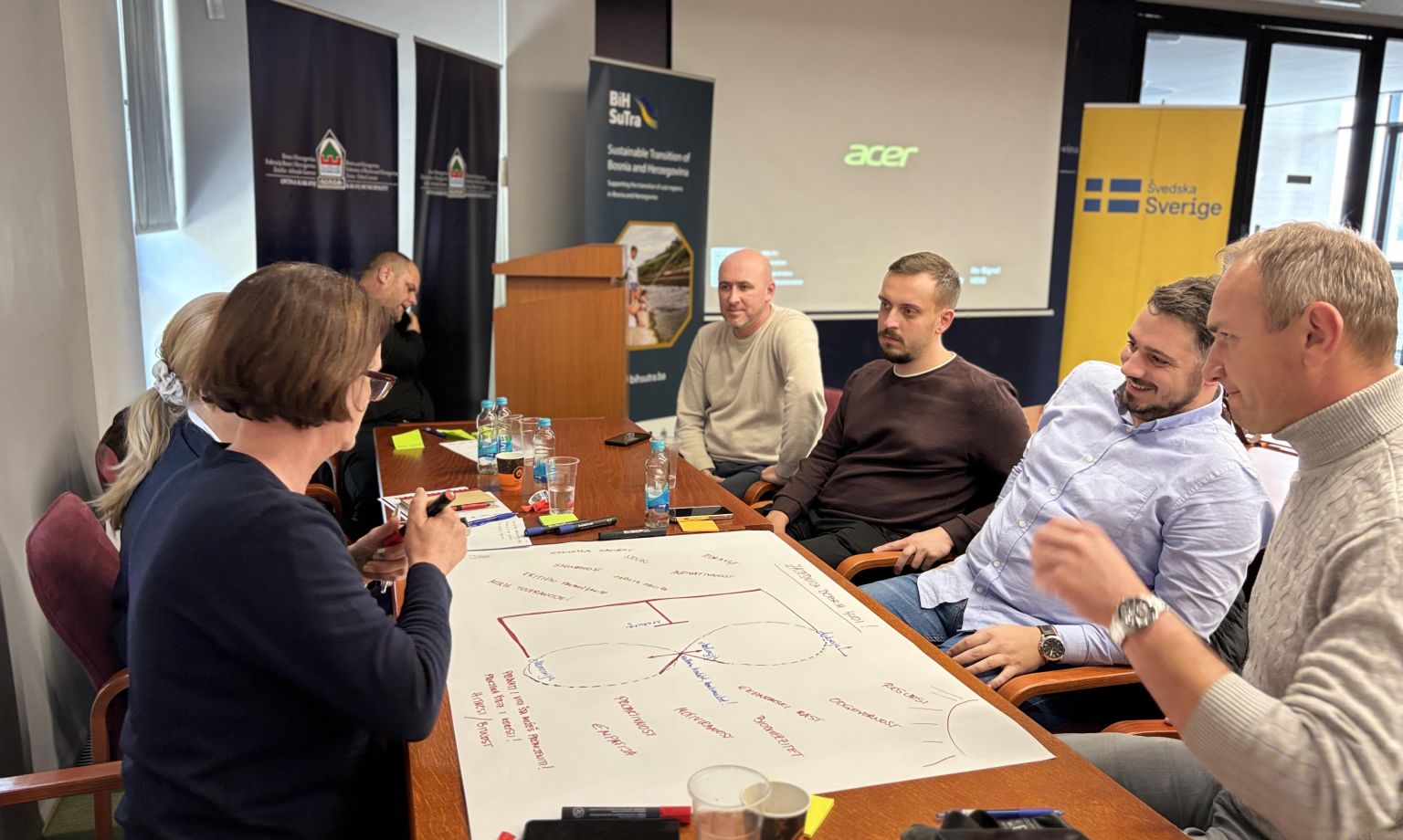 Visioning workshop. Photo: BiH SuTra.
Visioning workshop. Photo: BiH SuTra.
 Visioning workshop. Photo: BiH SuTra.
Visioning workshop. Photo: BiH SuTra.
The Sustainable Transition of Bosnia and Herzegovina – “BiH SuTra” project continues to grow and evolve, reaffirming the country’s commitment to a sustainable and inclusive future. In September 2025, three new local communities – the Municipality of Gacko, the Municipality of Kakanj and the City of Gradiška – officially joined the project, bringing new perspectives and energy in building a greener and fairer Bosnia and Herzegovina.
Their participation began with the “Vision 2050” workshops, interactive sessions designed to help local communities imagine and plan for a climate-neutral future by 2050. The first workshop was held in Gacko on 17 October 2025, followed by sessions in Kakanj on 20 October 2025 and in Gradiška on 29 October 2025. These events brought together local governments, private sector, academia, civil society and citizens, who collectively explored the key question: “Where do we want to be and how do we want to live in 2050?”
The “Vision 2050” workshop in Gacko generated significant public interest and brought together a diverse group of participants eager to shape a sustainable future for their municipality.
The Mayor of Gacko, Vukota Govedarica, stated: “The ‘Vision 2050’ workshop enables us to jointly design a long-term vision of climate neutrality and sustainable development for Gacko. I would like to thank everyone who recognised our municipality’s potential to become an equal partner in this project. I’m confident that, through the joint engagement of local authorities, citizens and the business community, Gacko can become an example of a just and sustainable transition.”
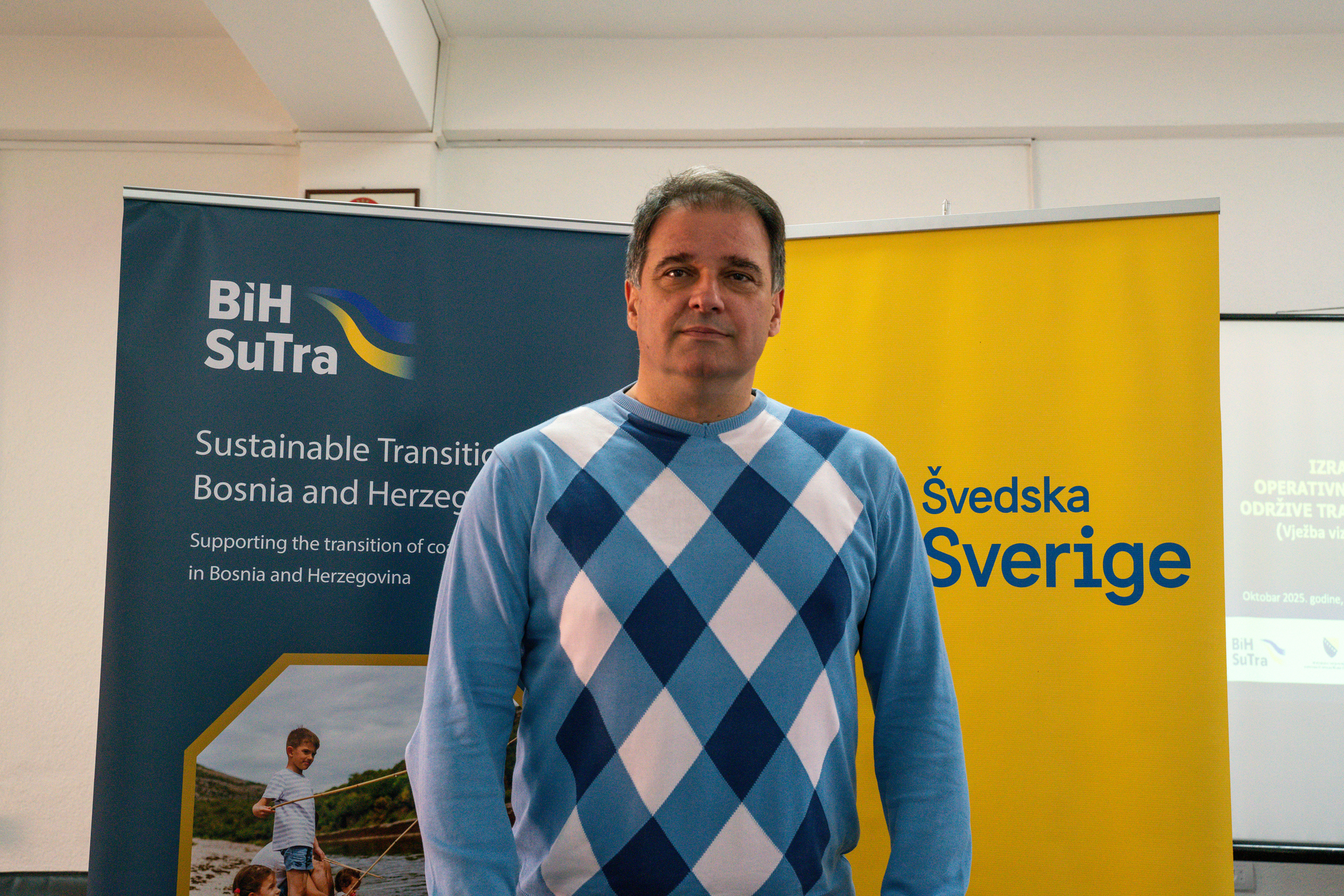
Participants highlighted the importance of economic diversification, the development of agriculture, tourism and services, as well as the preservation of natural resources and improvement of quality of life.
As Saša Nikolić, President of the Association for the Protection of Natural and Cultural-Historical Heritage “GAT”, emphasised in the workshop: “It’s time to act more decisively — to climb not three, but five steps at a time to drive genuine progress in our municipality.”
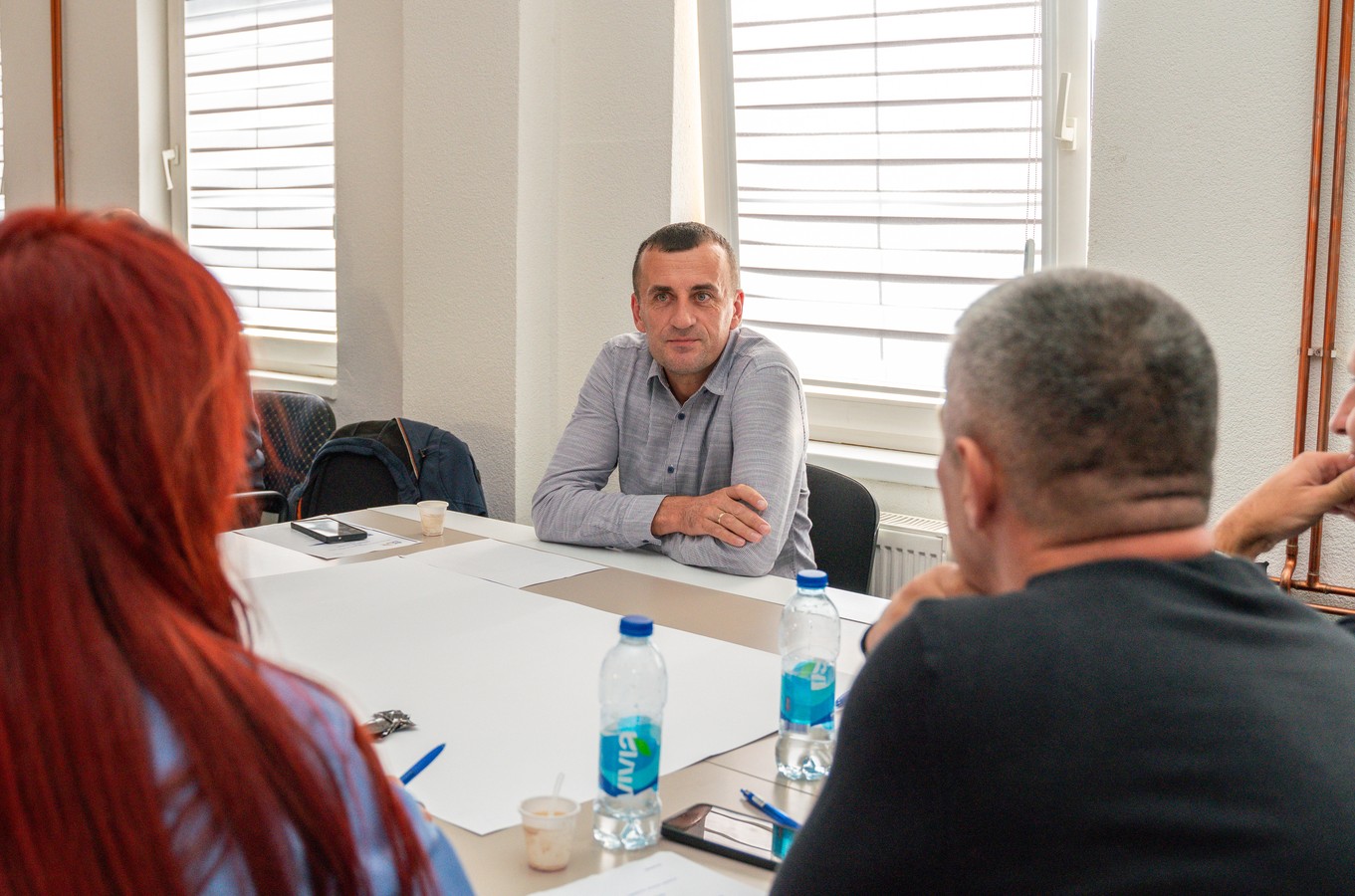
Citizens who were unable to attend the workshop in Gacko can still contribute by sharing their ideas and visions through the online survey.
The Kakanj workshop also gathered representatives from different sectors, united around a shared goal: creating a sustainable, inclusive and resilient city for future generations.
Discussions focused on innovation, environmental protection, social inclusion and long-term community resilience.
The Mayor of Kakanj, Mirnes Bajtarević, stated during the event: “Considering the environmental challenges facing our community, Kakanj can greatly benefit from this project. ‘Vision 2050’ gives us an opportunity to define how we want to live in 2050 and to explore new ideas for a sustainable future.”
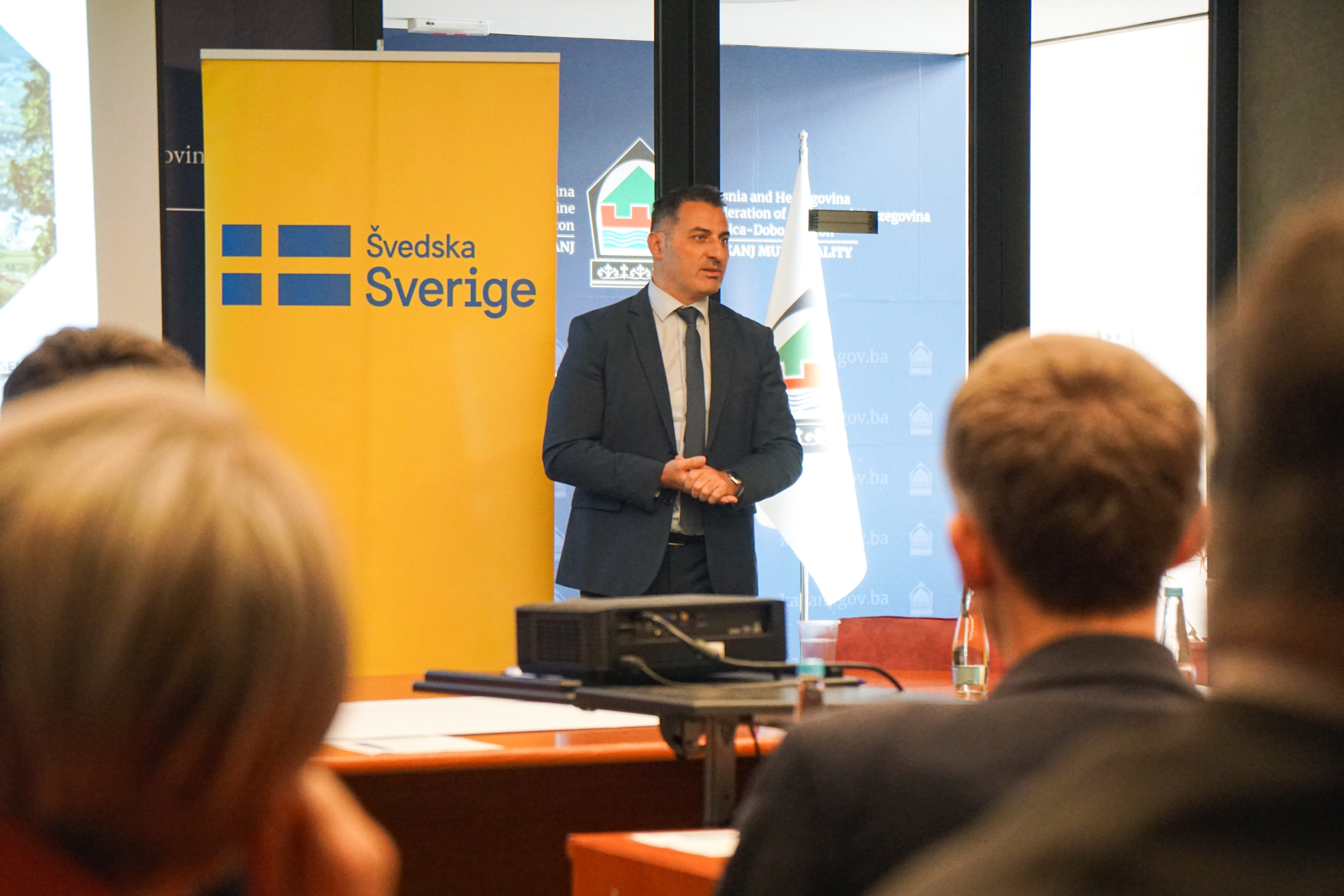
The importance of collaboration and inclusiveness was further underlined by Samir Buza, representative of the public company Grijanje Kakanj and a workshop participant: “Through this process, we are shaping a shared vision — Kakanj as a city of clean air, technological progress and sustainable development, where everyone works towards a better quality of life.”
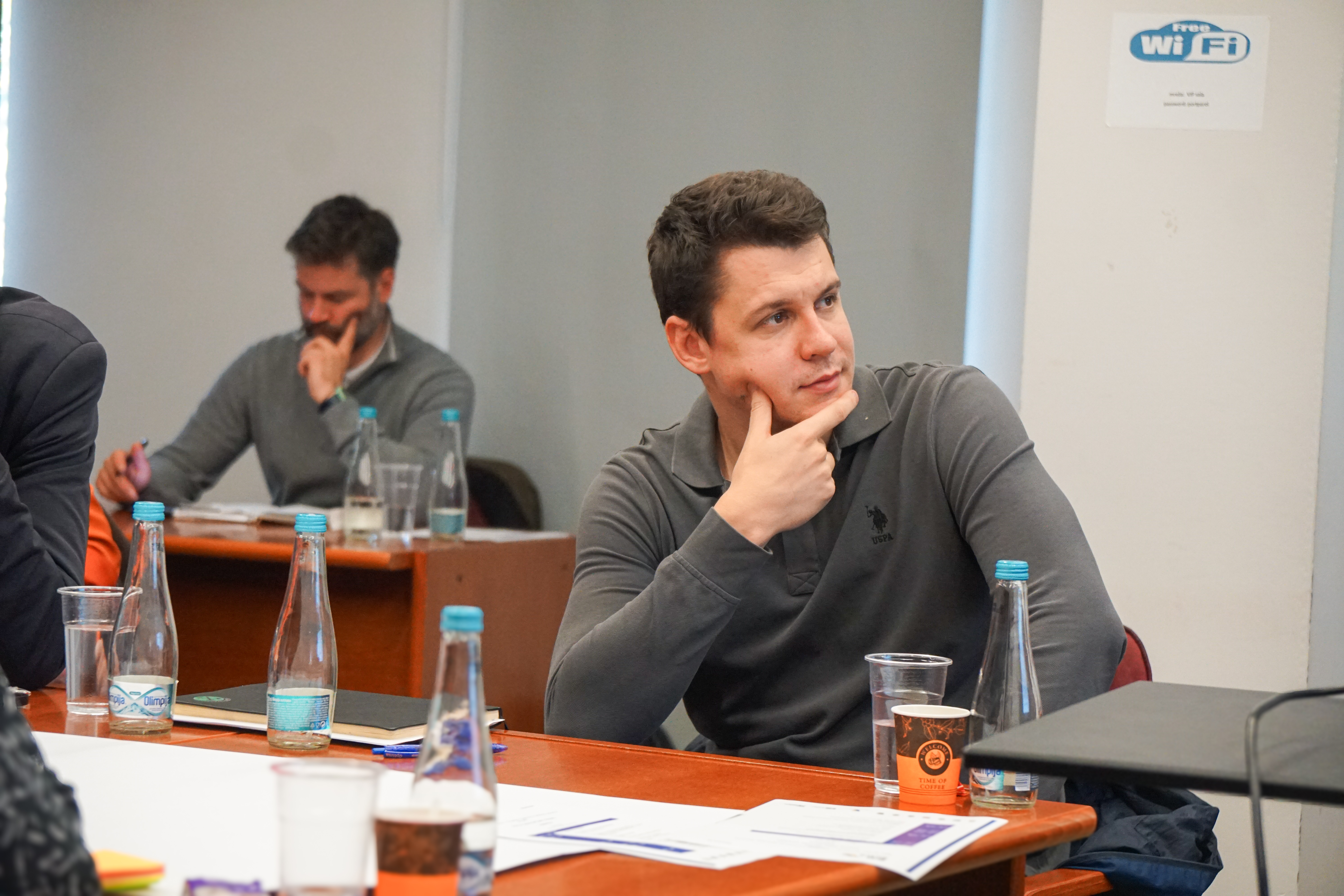
The online survey for Kakanj citizens remains open to all who wish to contribute to the city’s future.
The third workshop was held in Gradiška, where participants from diverse backgrounds discussed priorities such as potential in the energy sector, sustainable agriculture, and the improvement of environmental protection systems. Joining the project out of its desire and drive to advance a broader sustainable transition, the City of Gradiška demonstrated its commitment to shaping a greener and more resilient future.
The Mayor of Gradiška, Zoran Adžić, emphasised: “The ‘Vision 2050’ workshop provided an opportunity to jointly consider how we want Gradiška to look and function in the future. Through the joint engagement of citizens, the business sector and the local administration, we can build a city that grows economically while preserving the environment and quality of life.”

Gordana Vlainić, a journalist at RTV Gradiška, highlighted during the workshop that the City of Gradiška is particularly vulnerable to flooding due to its location on the banks of the Sava River. “Every year, as a result of climate change, there is a high likelihood that the Sava River could flood the city. Whenever a state of emergency or alert is declared due to rising water levels, we face significant fear and uncertainty. One possible solution often mentioned is the extraction of gravel from the Sava Riverbed to deepen it and reduce the risk of overflow. However, this process is further complicated by the fact that Gradiška lies along the border with the Republic of Croatia, which raises the question of jurisdiction over the river’s resources. When it comes to modern technologies, perhaps Gradiška could adopt models similar to Venice, where flood barriers are activated as water levels rise, or to Kostajnica in Croatia, where metal flood barriers are installed. The city could also develop an SMS alert system to inform citizens about potential flooding and water levels. I believe that addressing flood risks should be an integral part of the ‘Vision 2050’,” Vlainić concluded.

All interested citizens can still contribute to shaping the future of Gradiška by completing the online survey.
The insights collected during the workshops in Gacko, Kakanj and Gradiška will directly inform the development of each community’s “Vision 2050” document, which will serve as a foundation for their Transition Plans — to be formally adopted by the Municipalities of Gacko and Kakanj and the City of Gradiška in the summer of 2026.
Ideas and proposals emerging from this participatory process will help define specific measures aligned with the Green Agenda for the Western Balkans, while a dedicated financial analysis will identify potential funding sources for proposed activities in each local community. The BiH SuTra project will continue to provide technical and financial support for these efforts over the next 18 months.
Discover the News and Updates section, delivering the latest updates and insightful content across various topics. Stay informed with most recent news articles, reports, and publications, of the BiH SuTra project.